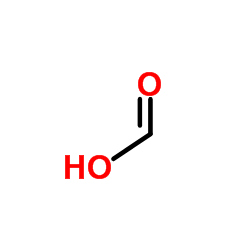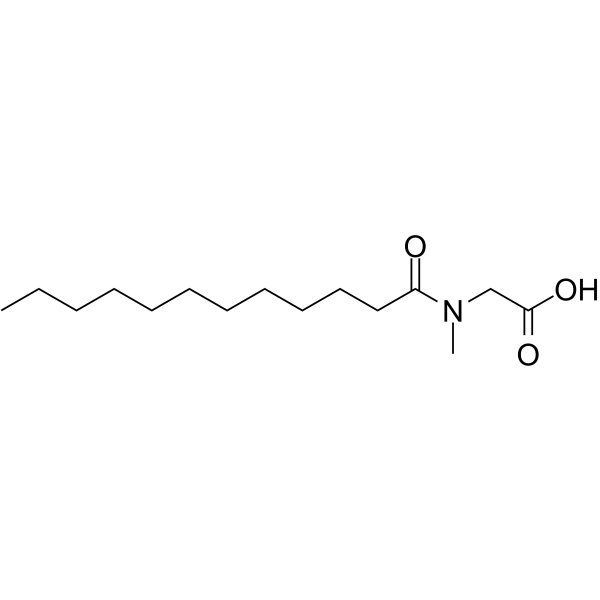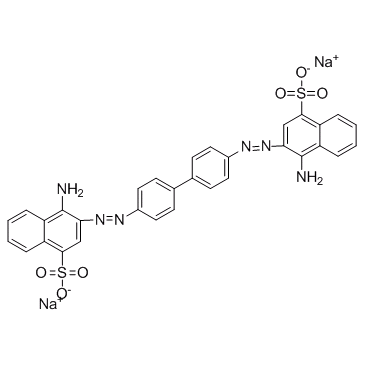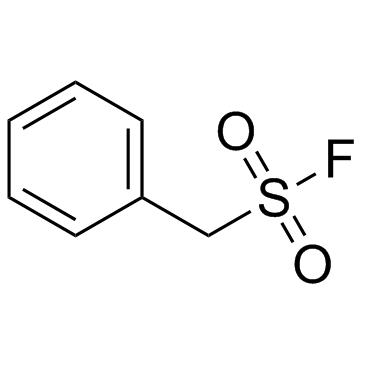| Structure | Name/CAS No. | Articles |
|---|---|---|
 |
Formic Acid
CAS:64-18-6 |
|
 |
N-LAUROYLSARCOSINE
CAS:97-78-9 |
|
 |
Congo Red
CAS:573-58-0 |
|
 |
PMSF
CAS:329-98-6 |
|
 |
Epidermal Growth Factor
CAS:62253-63-8 |